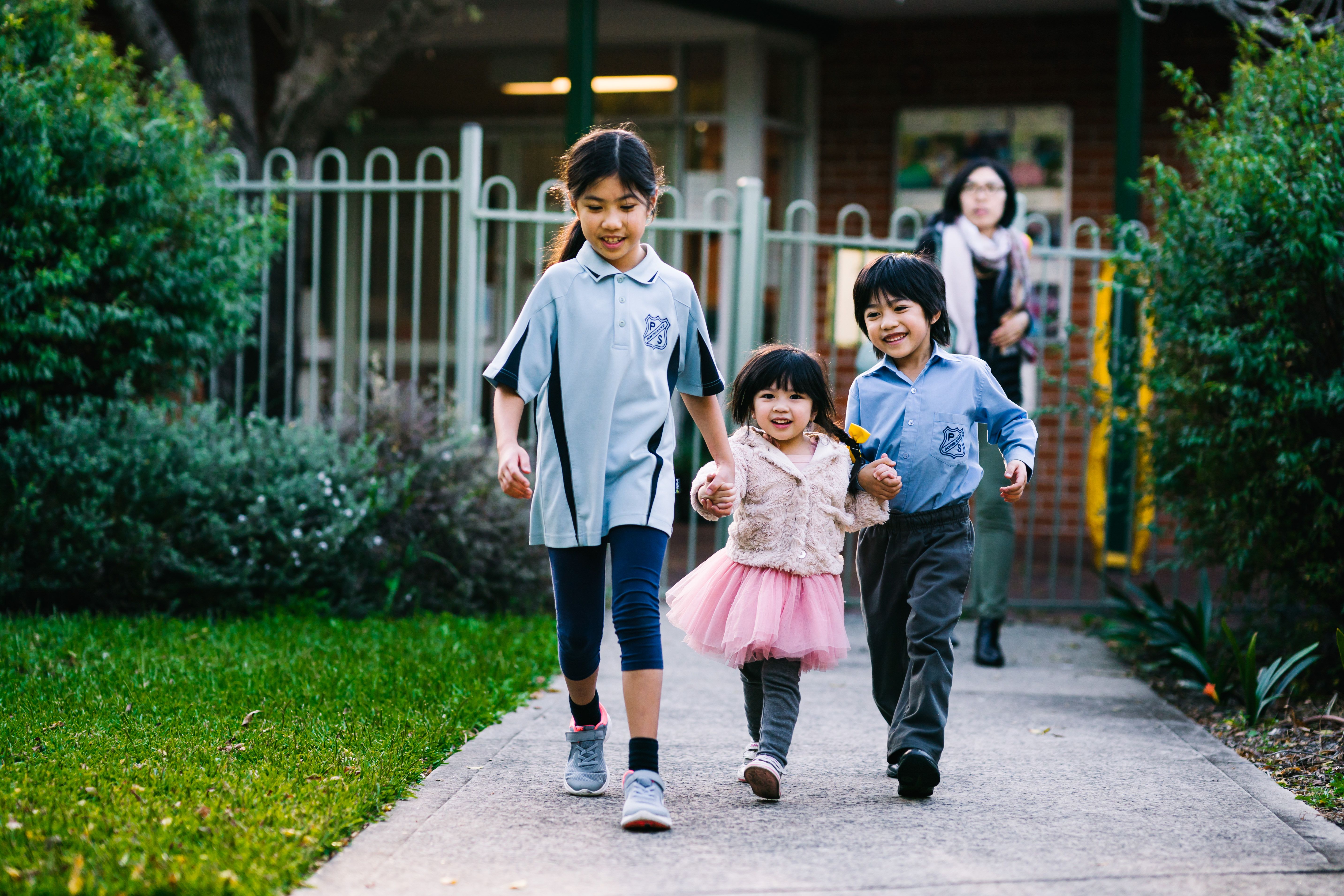If you have a topic in mind, use the search below to quickly find all our related information and articles.
Jump to a topic

Transition to school
Starting school is an exciting milestone for your child and family. Preparing your child for their transition to school prepares them for future learning and development.